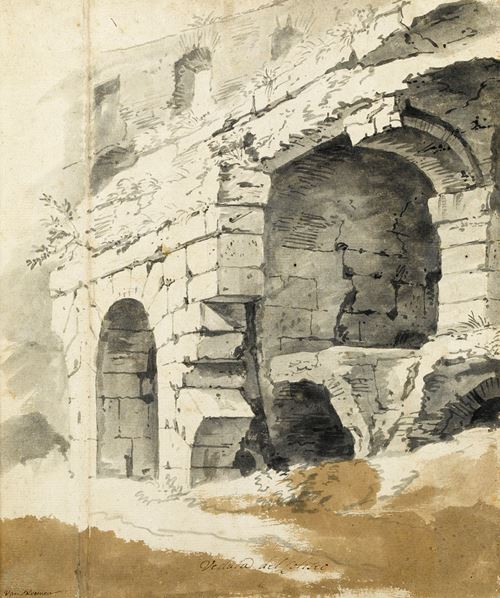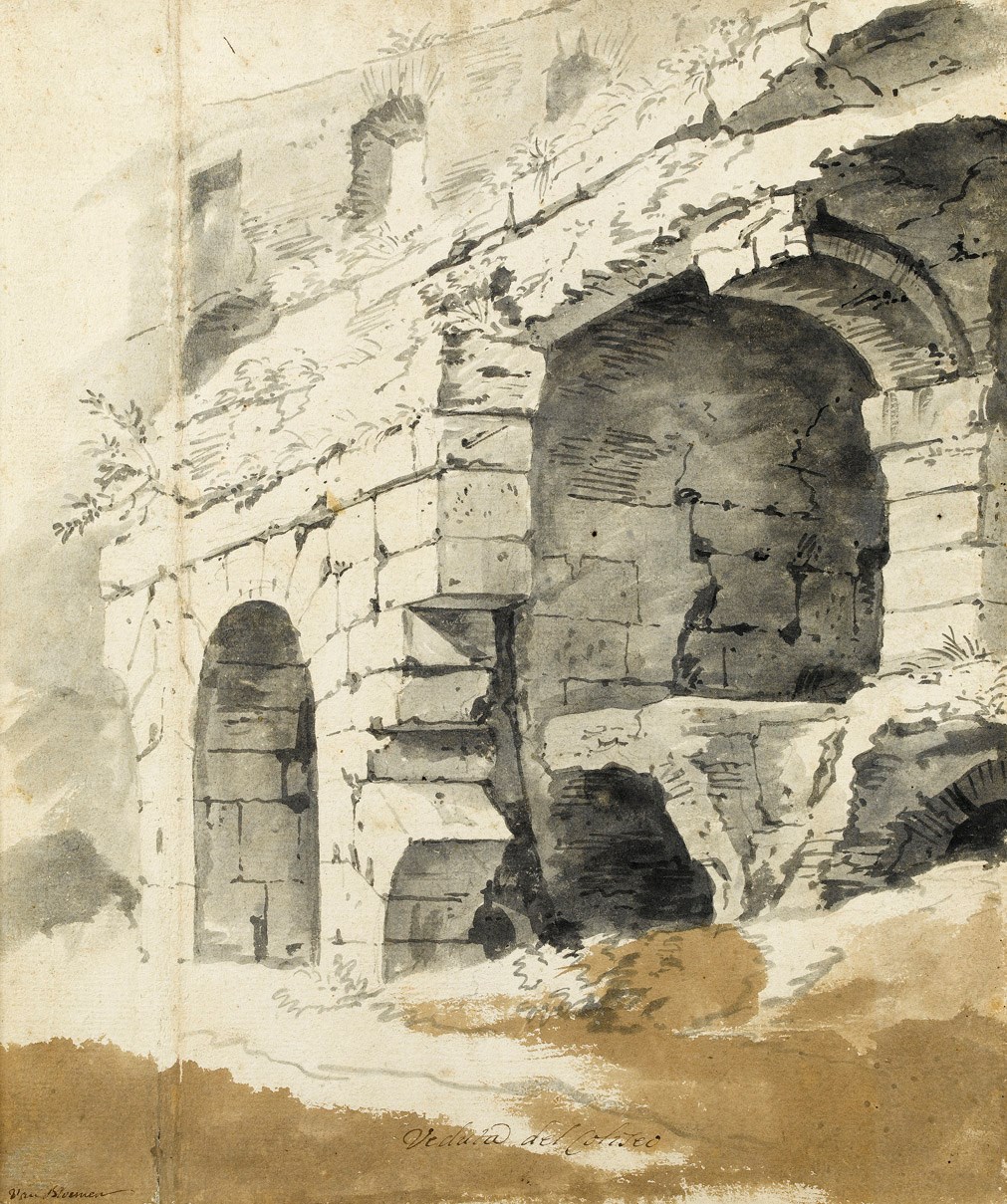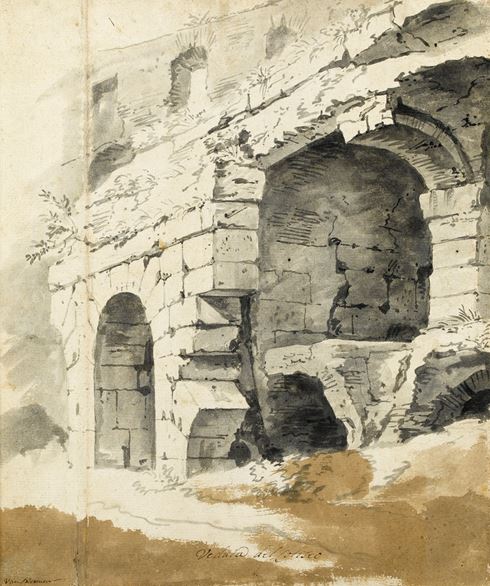
Jan Frans VAN BLOEMEN
Antwerp 1662 - Rome 1749
Biography
A pupil of his older brother, the landscape and animal painter Pieter van Bloemen, Jan Frans van Bloemen completed his apprenticeship in the studio of Anton Goubau in Antwerp. Accompanied by his brother, Jan Frans arrived in Rome in 1686, and both artists were soon admitted into the Schildersbent, the association of Netherlandish artists in Rome. Van Bloemen was to remain in Italy until his death in 1749, earning the admiration of his contemporaries, some of whom are said to have regarded him as the equal of Claude Lorraine and Gaspard Dughet, by whom he was strongly influenced. He soon gained the nickname ‘Orrizonte’ (the Italian for ‘horizon’), in honour of the seemingly limitless vistas in his landscapes. Van Bloemen’s landscape paintings – occasionally enlivened with figures painted by artists such as Pompeo Batoni, Placido Costanzi or Carlo Maratta - proved very popular with aristocratic Roman collectors; Prince Camillo Pamphili commissioned a series of paintings from him in 1711, while the noble Colonna family apparently owned more than eighty pictures by the artist. He also sold many paintings to English noblemen visiting Rome on the Grand Tour. Despite his success, however, Van Bloemen was only admitted to the Accademia di San Luca in Rome in 1742, at the age of eighty.
The artist’s biographer, Lione Pascoli, makes several references to Van Bloemen having made many drawings of Rome and its surroundings. Nevertheless, by comparison with his paintings, relatively few drawings by the artist are known today. Like many Dutch and Flemish artists in Rome before him, Van Bloemen made drawings of buildings and ruins in and around the city. His use of a combination of pen, brush and ink with gray or brown washes, seen to such fine effect in the present sheet, is akin to drawings of the same views produced by some of his Netherlandish predecessors in Rome, such as Cornelis van Poelenburgh and Bartholomeus Breenbergh.


